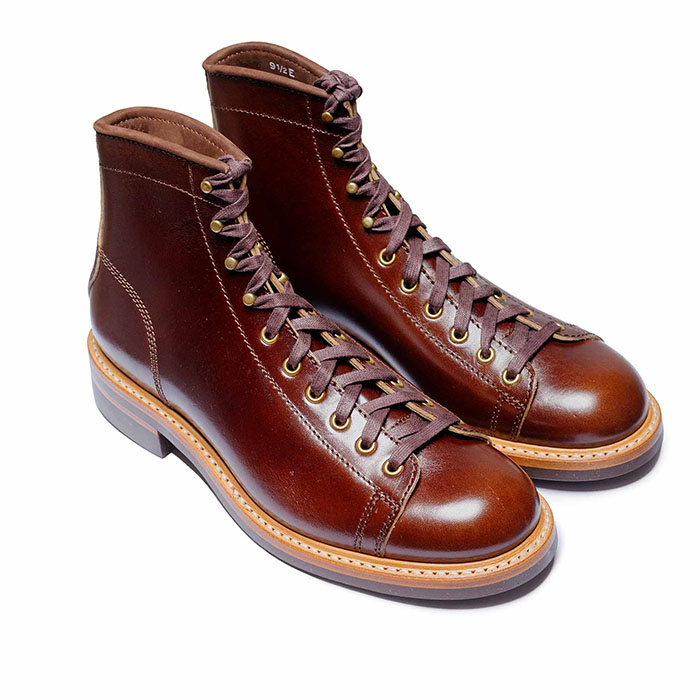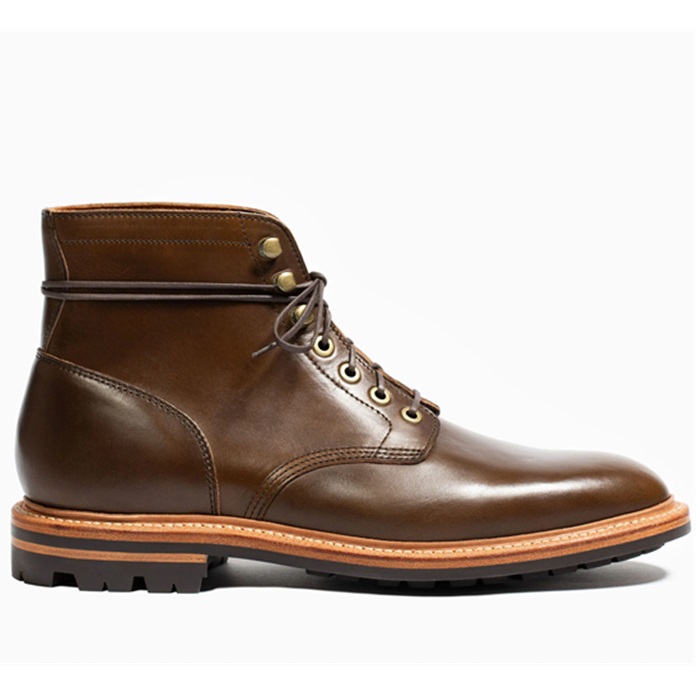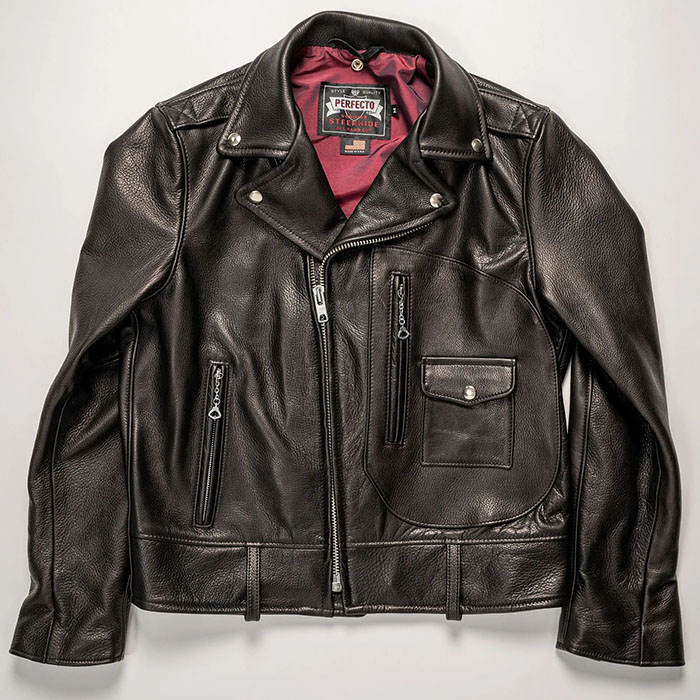Brad Bowers
I'll Lock Up
- Messages
- 4,187
I ran across some interesting information during my continuing Cavanagh research that I thought might interest some of you.
Most of the fur used for hats by the U.S. hat industry came from rabbits in France, Belgium, Poland, Czechoslovakia, and other Central European countries. By 1941, only England and Russia were supplying the U.S. with fur, for obvious reasons.
This scarcity caused the hat companies to raise their prices accordingly. Stetson, raised the prices of Stratoliners and heavyweight Playboys by fifty cents each, along with their premier line. Knox and Dobbs went up by fifty cents each as well. Seems small to us, but that was a big jump at the time. Low-end hats were increased, with hats that sold for $1.95 being increased by fifty cents a dozen, and the $2.95 - $3.95 hats went up $1.50 per dozen.
What does this have to do with pastel hats? Pastel hats were popular with men throughout the Twenties and Thirties, but pretty well disappeared after that. In 1941, hat companies discontinued their lower-priced pastel hats because they could no longer obtain the necessary quantities of white rabbit fur. The average joe was then unable to buy the lighter colored hats without spending a lot more money, which killed off much of the demand right away. While the gaiety of bright hats was fine during the Depression, the nation's somber mood once the U.S. entered the war effectively removed them from the scene. They could still be bought, at least through the Forties, but pastels never reclaimed the popularity they once had.
WWII was also when the hat companies experimented with casein and soy protein to make their fur go farther, and Hat Corporation of America developed the composite felt hat from Aralac.
Brad
Most of the fur used for hats by the U.S. hat industry came from rabbits in France, Belgium, Poland, Czechoslovakia, and other Central European countries. By 1941, only England and Russia were supplying the U.S. with fur, for obvious reasons.
This scarcity caused the hat companies to raise their prices accordingly. Stetson, raised the prices of Stratoliners and heavyweight Playboys by fifty cents each, along with their premier line. Knox and Dobbs went up by fifty cents each as well. Seems small to us, but that was a big jump at the time. Low-end hats were increased, with hats that sold for $1.95 being increased by fifty cents a dozen, and the $2.95 - $3.95 hats went up $1.50 per dozen.
What does this have to do with pastel hats? Pastel hats were popular with men throughout the Twenties and Thirties, but pretty well disappeared after that. In 1941, hat companies discontinued their lower-priced pastel hats because they could no longer obtain the necessary quantities of white rabbit fur. The average joe was then unable to buy the lighter colored hats without spending a lot more money, which killed off much of the demand right away. While the gaiety of bright hats was fine during the Depression, the nation's somber mood once the U.S. entered the war effectively removed them from the scene. They could still be bought, at least through the Forties, but pastels never reclaimed the popularity they once had.
WWII was also when the hat companies experimented with casein and soy protein to make their fur go farther, and Hat Corporation of America developed the composite felt hat from Aralac.
Brad


